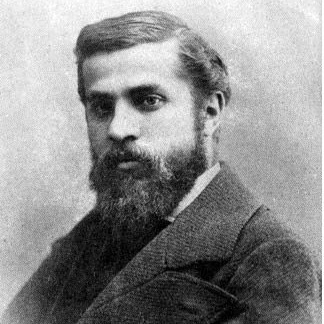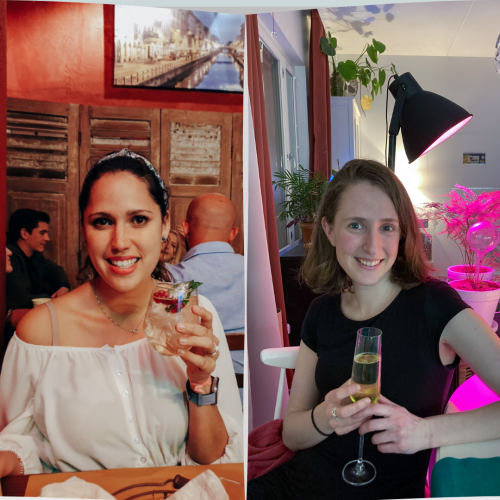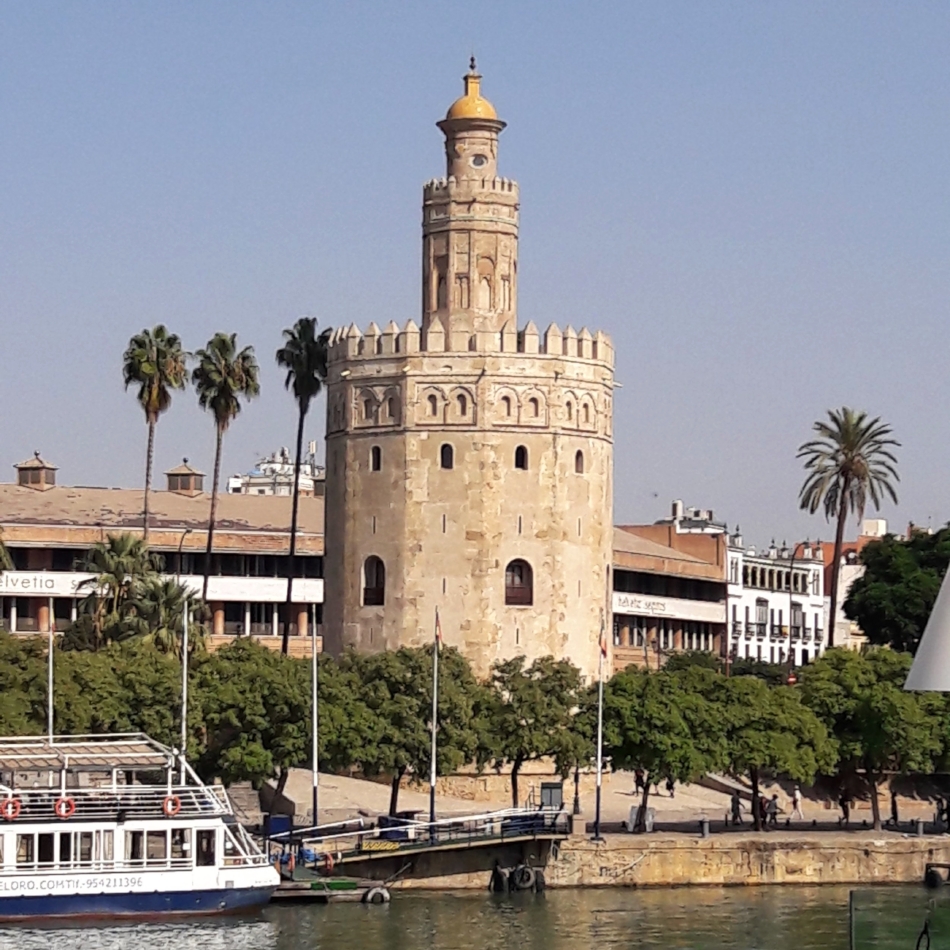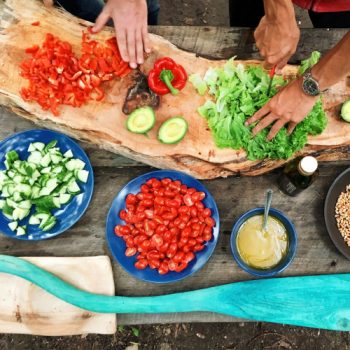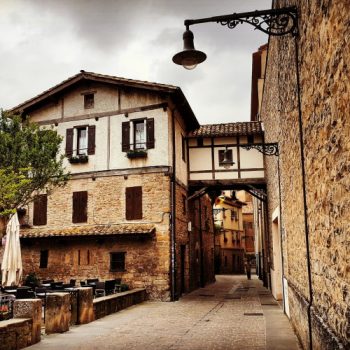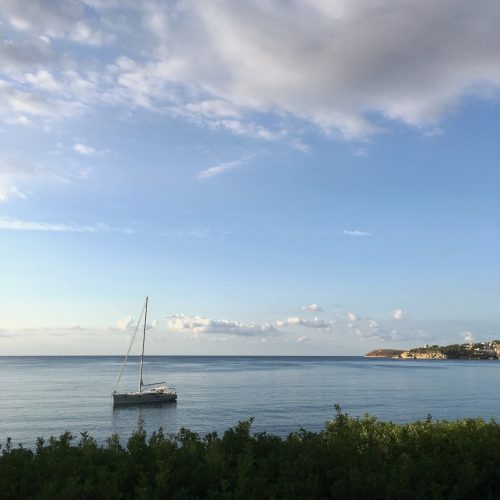
What You Need to Know About Mallorca
An Overview
Mallorca is the largest of the Balearic Islands, or a group of Spanish islands located off the east coast of Spain in the Mediterranean Sea. This region of Spain mostly speaks a version of Catalan called Mallorquí and Spanish. The island itself has a beautiful landscape and allows residents and visitors access to a clear Mediterranean Sea, making it a wonderful place to visit.
Note: You can read more about the different regions of Spain in this post and the different languages in this post.
 As of 2019, only approximately 920,000 people lived on this island but Mallorca is a popular tourist destination and often receives millions of more tourists than it has year-round residents each year. Many tourists visit the capitol, Palma, and spend most of their time in the city center and surrounding beaches.
As of 2019, only approximately 920,000 people lived on this island but Mallorca is a popular tourist destination and often receives millions of more tourists than it has year-round residents each year. Many tourists visit the capitol, Palma, and spend most of their time in the city center and surrounding beaches.
While you might know Ibiza as being the party island, Mallorca is especially popular among the German and other European countries to visit for sun, culture, and cheap alcohol. Due to this, there is a lot of tourist-related business in Mallorca and you may even think of this island as a tourist hot-spot. For Spaniards and other hospitality workers, this also means that it is quite common during tourist season that workers from all over will spend a couple of months working in Mallorca as well.
Still, we have to admit that it is also fun to get off the beaten path in Mallorca and explore what else this island has to explore (hint, it is more than just the center of Palma). You will find beaches off the beaten track, small villages with local food and crafts, and a variety of places related to history. In addition, in 2011, the Serra de Tramuntana, a mountain range in Mallorca was granted World Heritage Status by UNESCO because of the cultural landscape it adds to the region and is worth checking out if you like that kind of thing.
 Fun Fact: Mallorca is named because it is the largest (mayor or in Mallorquín, a version of Catalan that is spoken here―’major’) island in the Baleares―Mallorca, Menorca (the smaller island), Ibiza, and Formentera.
Fun Fact: Mallorca is named because it is the largest (mayor or in Mallorquín, a version of Catalan that is spoken here―’major’) island in the Baleares―Mallorca, Menorca (the smaller island), Ibiza, and Formentera.
Transport options to arrive: Ferry, Private Boat, or Plane
Depending on where you are coming from, either a plane or ferry (from coastal towns on the mainland) will be your best option to arrive. Palma is a popular destination from around Europe, so if you are already on the continent, it should be fairly easy to get here by plane, sometimes even at a relatively cheap cost by flying with budget airlines.
If you are traveling with a dog or vehicle, the ferries take anywhere from 5 to 7.5 hours and leave from cities on the mainland like Barcelona or Valencia. We have not used this site, but if you want to compare times, cities and prices of ferries to Palma (or other cities in Mallorca) it seems like Direct Ferries is a good website to compare your options.
 Recommended time of year to visit: Mallorca is beautiful all year round but the tourist season (when everything is open) is from March to November. Some towns even close down during the winter months because they don’t make enough profit to stay open. Depending on where you want to go on the island, what you want to see, and how you plan to get around, we can recommend either visiting during tourist season or not. For example, keep in mind that things like renting a car might be a lot cheaper during non-peak times of the year if you want to go off the beaten track a little bit.
Recommended time of year to visit: Mallorca is beautiful all year round but the tourist season (when everything is open) is from March to November. Some towns even close down during the winter months because they don’t make enough profit to stay open. Depending on where you want to go on the island, what you want to see, and how you plan to get around, we can recommend either visiting during tourist season or not. For example, keep in mind that things like renting a car might be a lot cheaper during non-peak times of the year if you want to go off the beaten track a little bit.
Recommended length of visit: While most people might think of Mallorca mainly as the capital city of Palma and surrounding area, Mallorca itself is an island about 1,500 square miles. Still, if you are looking for sunshine, beaches, and some relaxing time you can just head to the city center for a couple of days. If you are looking to explore a bit more, you can plan on seeing a bigger portion of it in 3-4 days, but if you really want to dive into the island, we could even recommend spending a week there.
Top three must-sees:
 1. La Catedral de Palma and the centro: Like we mentioned, Palma de Mallorca is the capital of the island and the cathedral there is beautiful. Started in 1229 and finished almost 400 years later, this cathedral is massive and well worth a visit, even just to walk around it. Famous Spanish architect Antoni Gaudí even worked on its restoration for a time. We also recommend having a walk around the rest of the city center (and getting a bit lost) to really see the ‘personality’ of this city.
1. La Catedral de Palma and the centro: Like we mentioned, Palma de Mallorca is the capital of the island and the cathedral there is beautiful. Started in 1229 and finished almost 400 years later, this cathedral is massive and well worth a visit, even just to walk around it. Famous Spanish architect Antoni Gaudí even worked on its restoration for a time. We also recommend having a walk around the rest of the city center (and getting a bit lost) to really see the ‘personality’ of this city.
2. A road trip through Valldemossa, Deià, and Sóller: These three small towns are places that we have visited and enjoyed ourselves, but there are other places that are equally charming that you can visit. You can visit most of these quaint villages by bus or train, but renting a car will make it easier. When visiting the pueblos make sure to get out, stretch your legs, and explore whatever historical buildings are around or just have a café con leche to get a vibe of the town.
3. Las Playas: There are so many beautiful beaches in Mallorca that many tourists visit the island just to play in the sand (and have a drink while they do it). A Mallorcan friend recommends the Playa Es Trenc, Playa de Formentor, Caló des Moro, Playa de S’Amarador, or any other beaches on the northern part of the island. She is a native, so we trust her suggestions, however, we will also say that all of the beaches we have visited were beautiful, so you probably won’t be disappointed if you go elsewhere.
 One thing to eat: Ensaïmada (in Mallorquin)
One thing to eat: Ensaïmada (in Mallorquin)
This traditional Mallorcan food is a spiral shaped flaky pastry made principally with flour and pork fat―saïm, in Mallorquín. While pork fat may seem strange to those of us who are used to butter in pastry, it is common in Spain and the pork fat used in Mallorca is unique to the Balearic Island region. This breakfast / dessert can be served plain or can have added sweet elements such as nutella-like filling or apricot-jam topping.
Sources:
https://datacommons.org/tools/timeline#&place=nuts/ES532&statsVar=Count_Person
